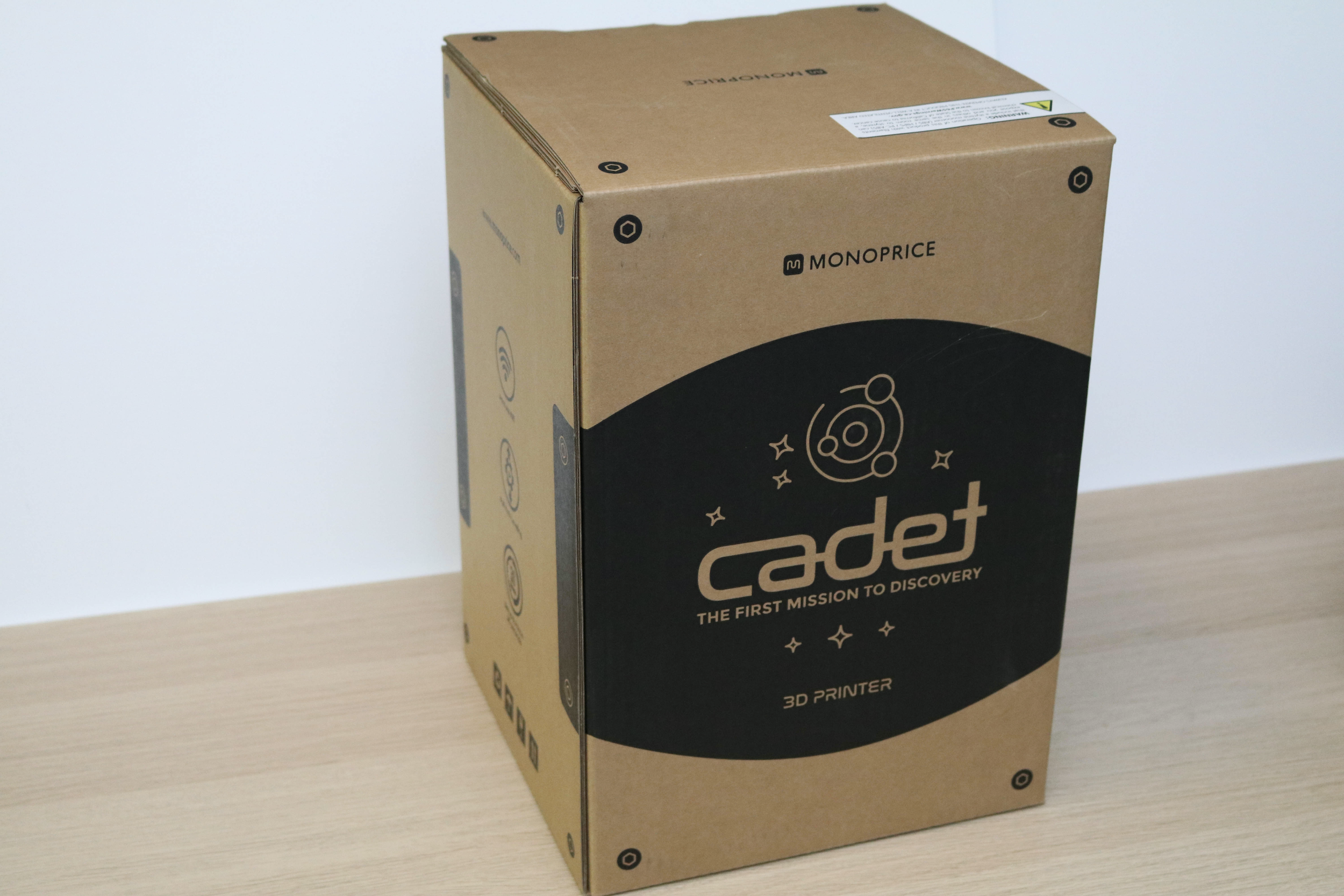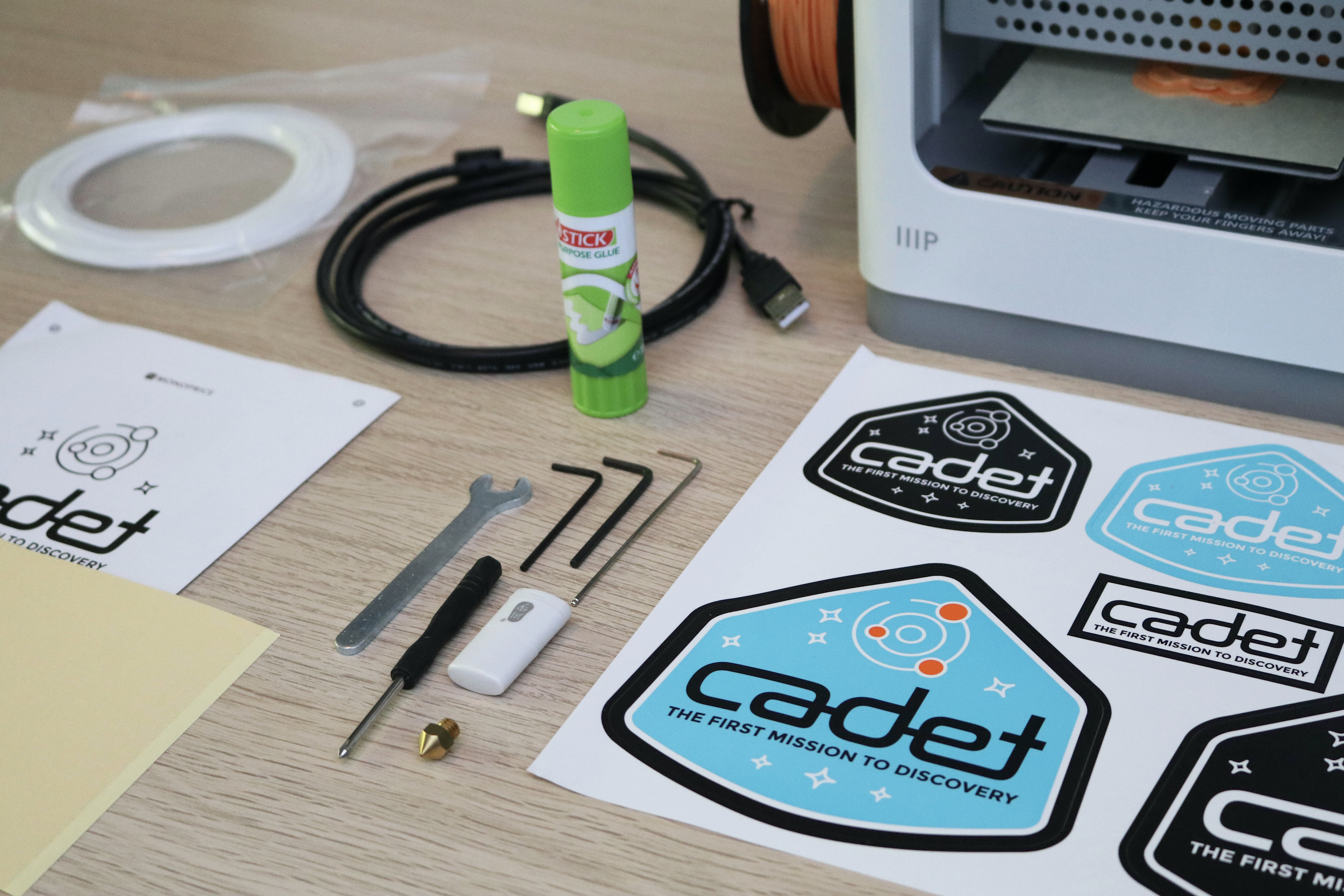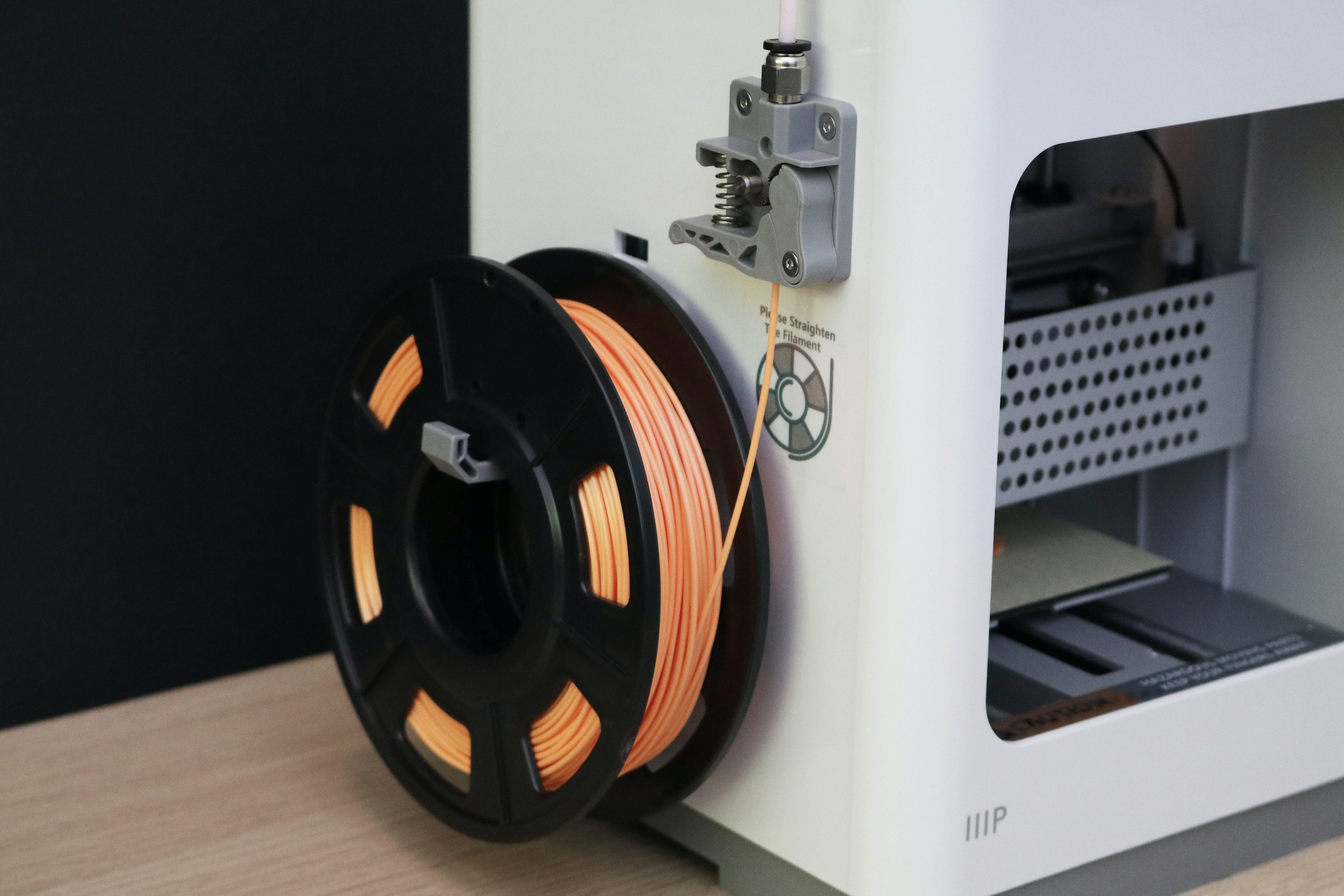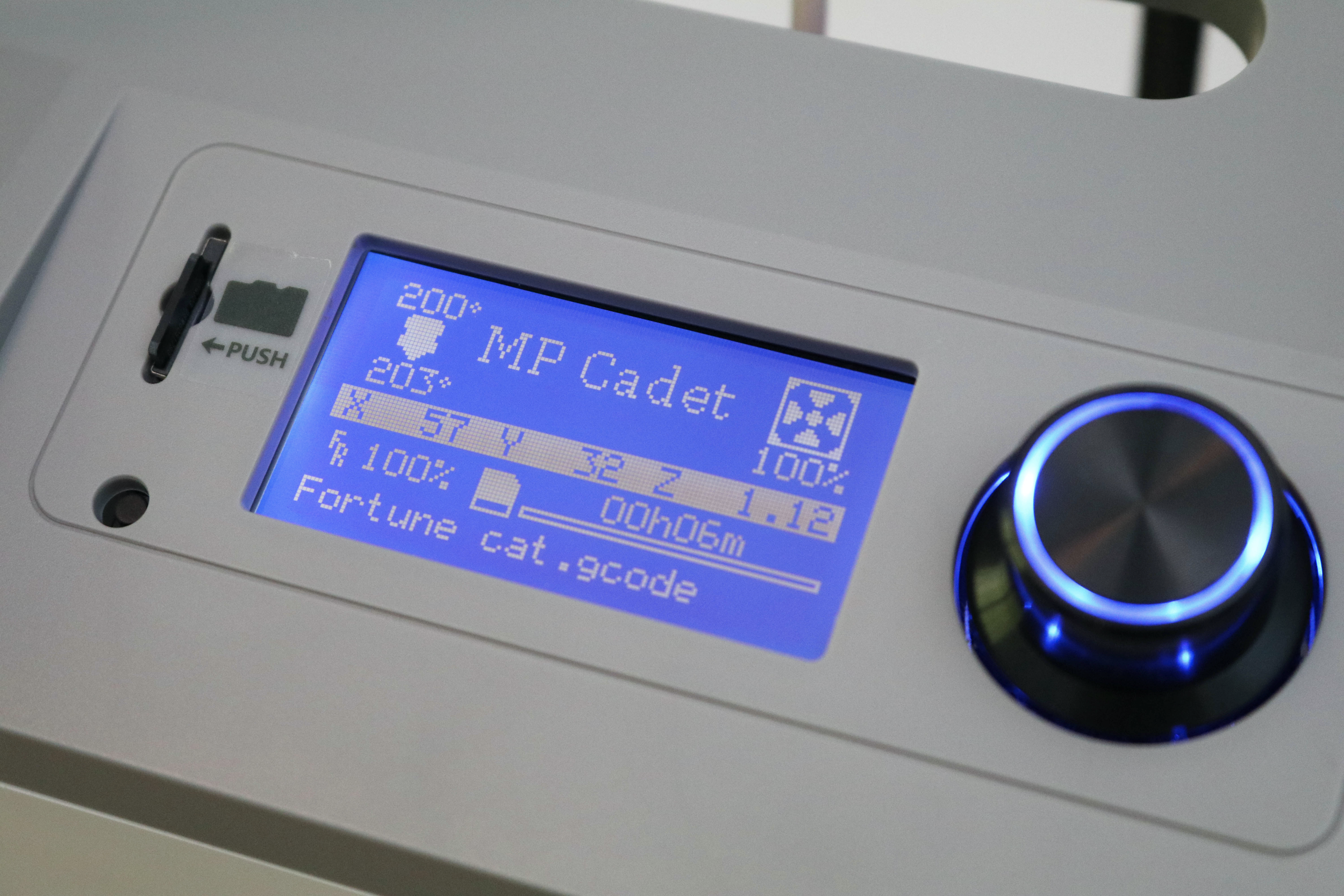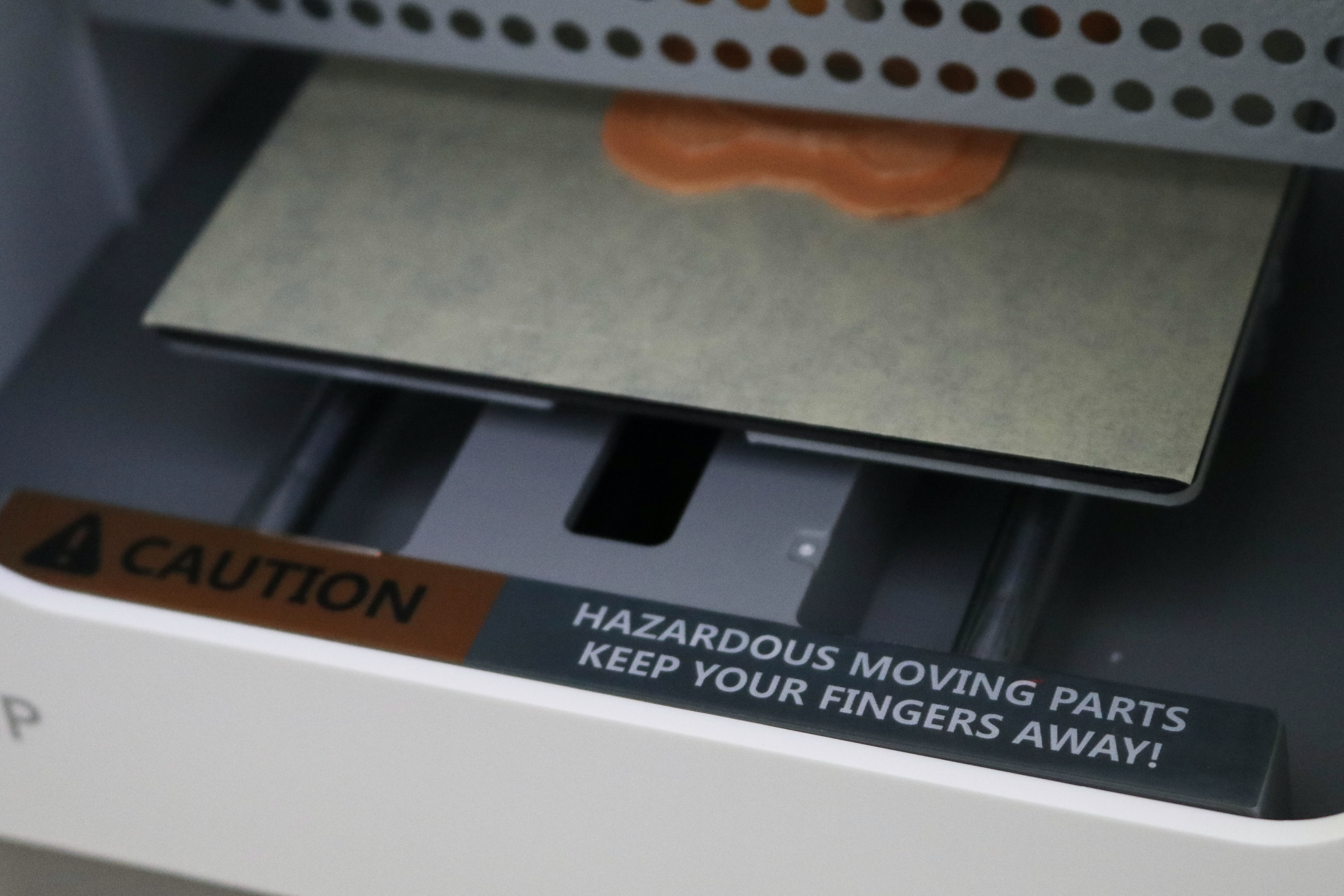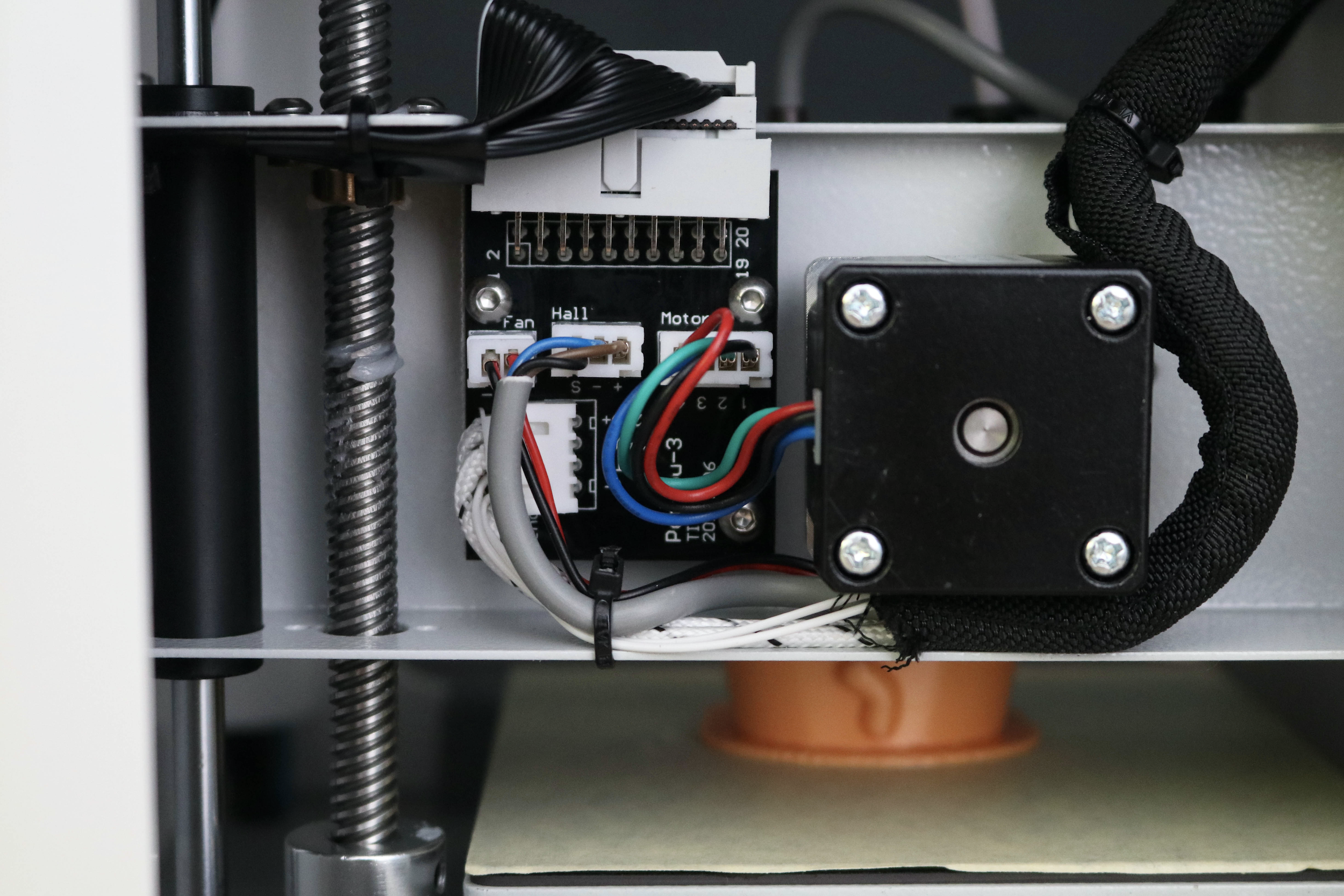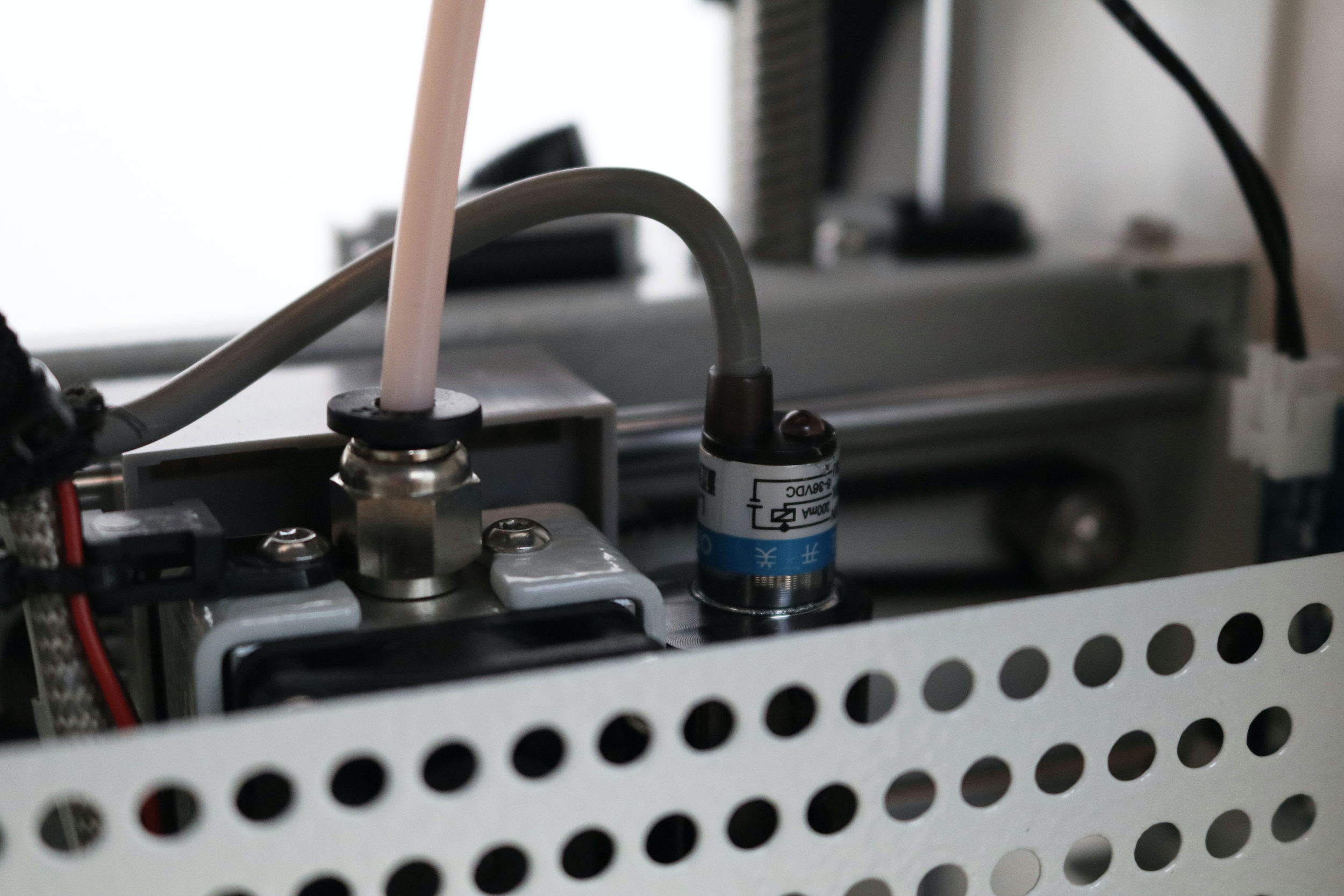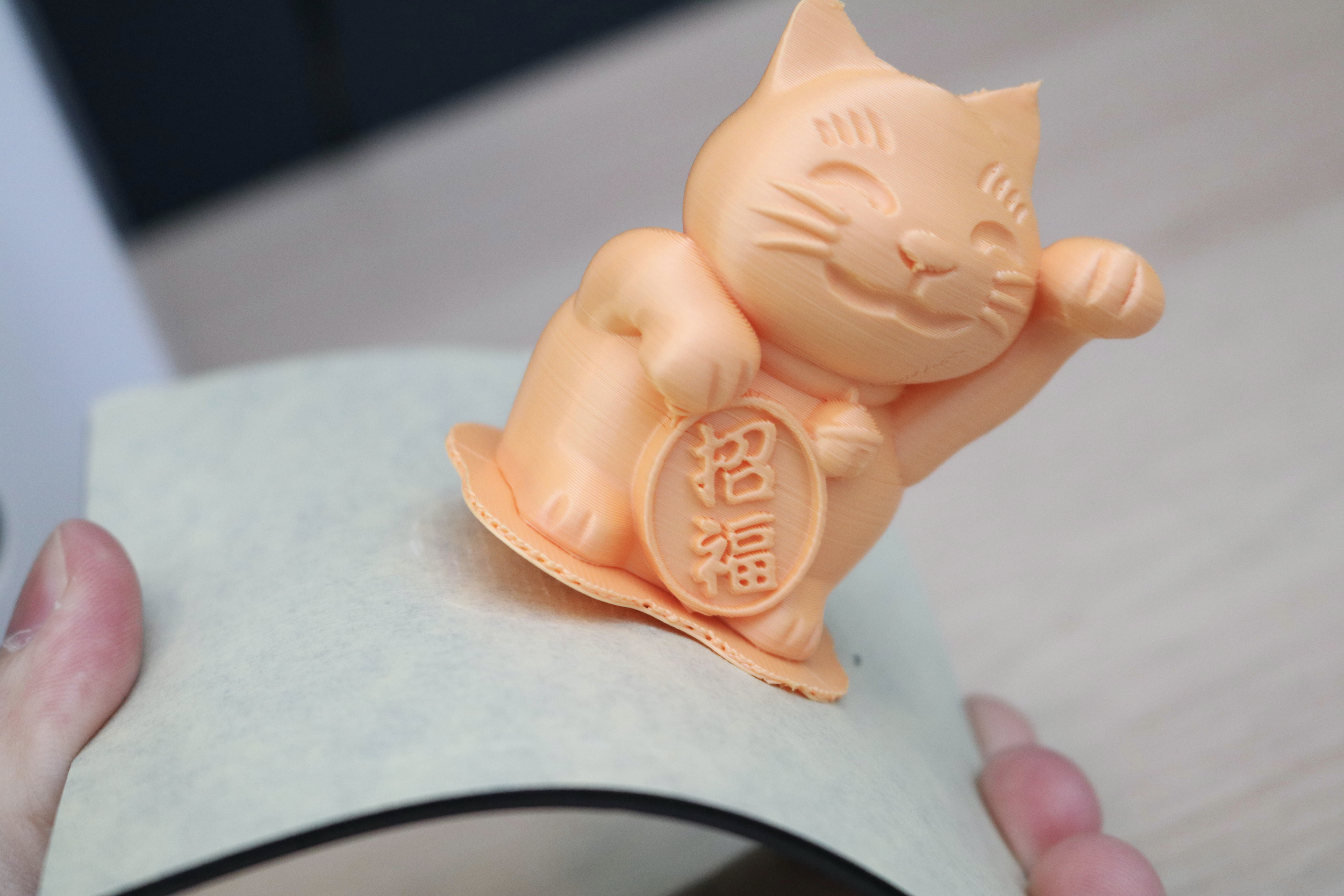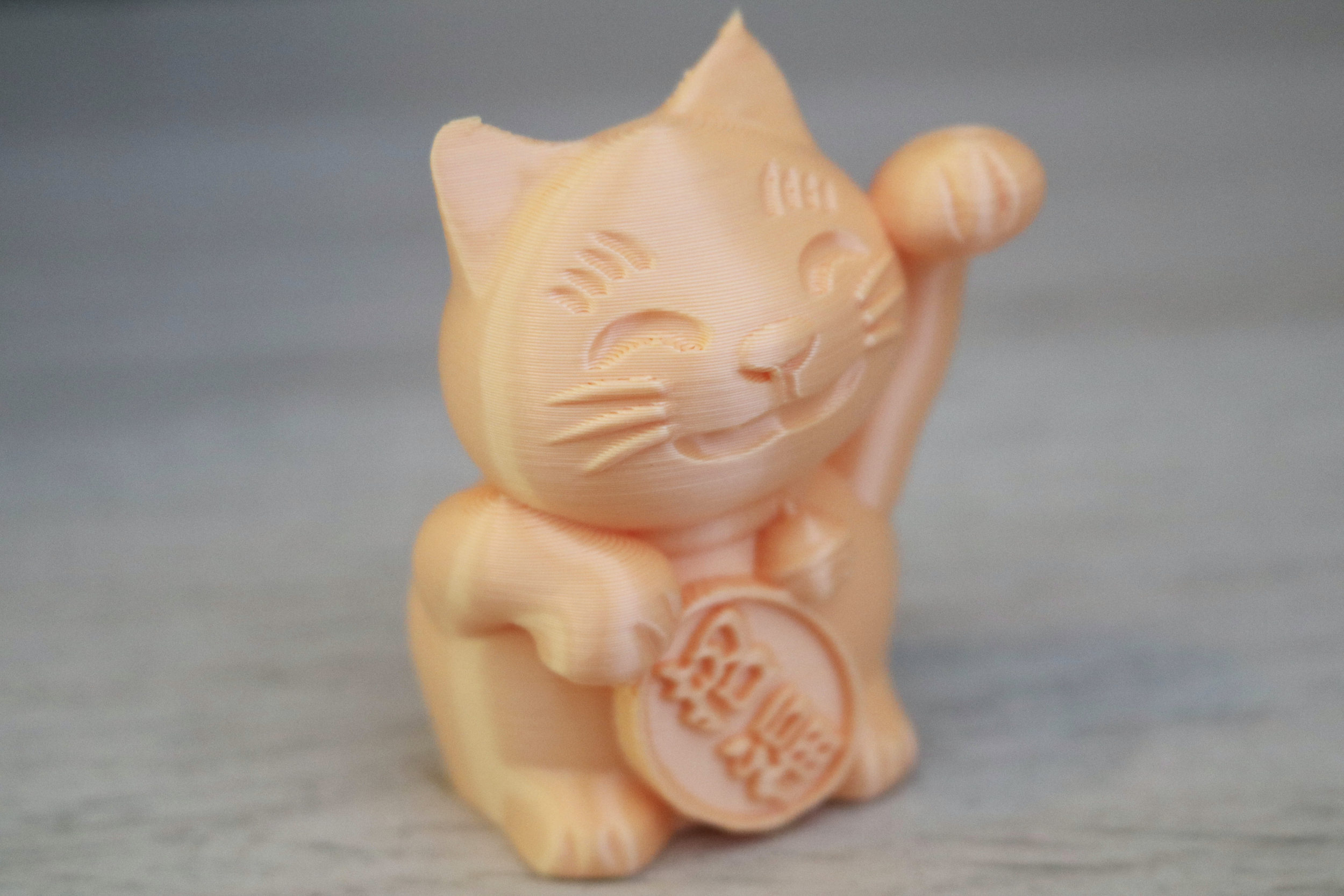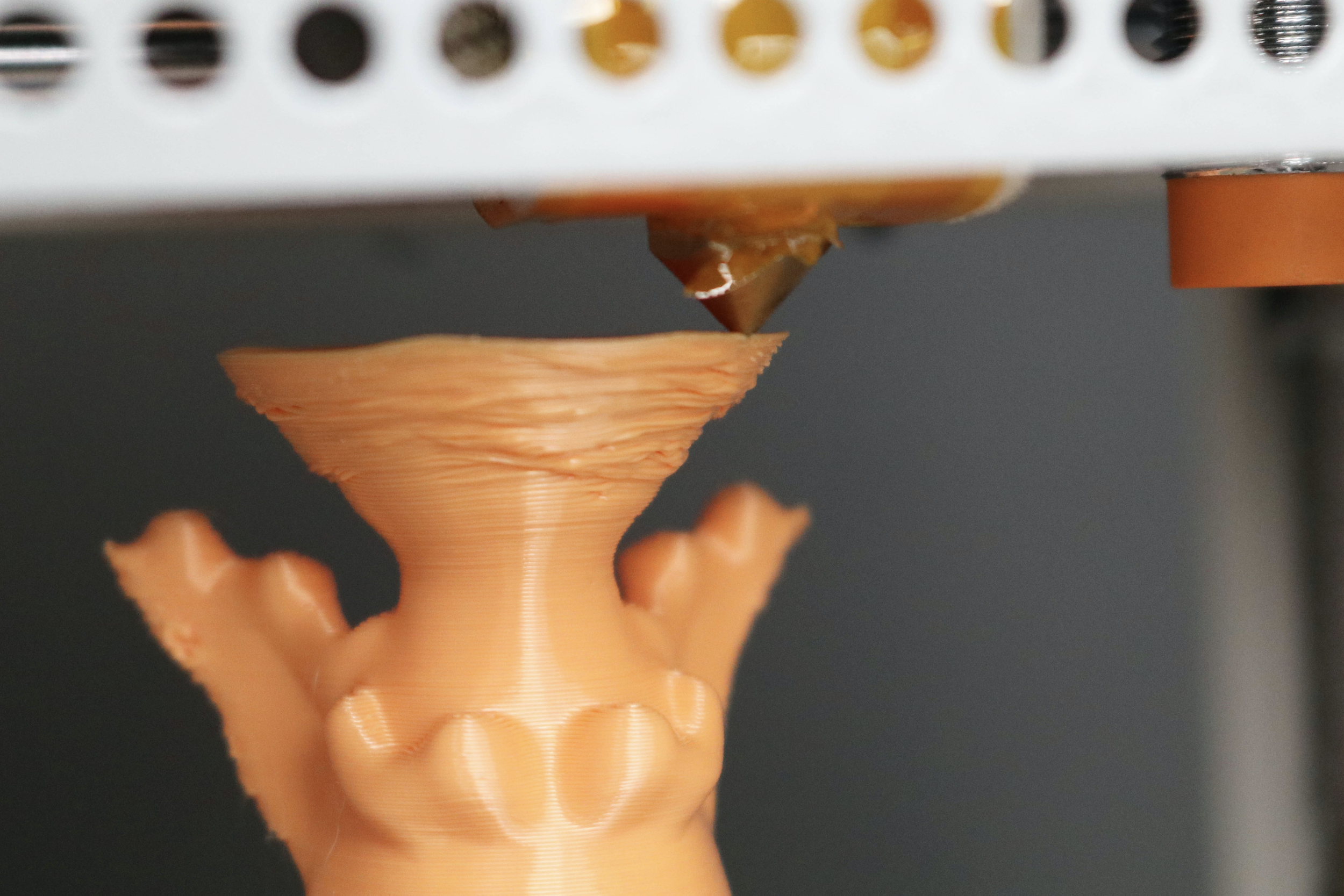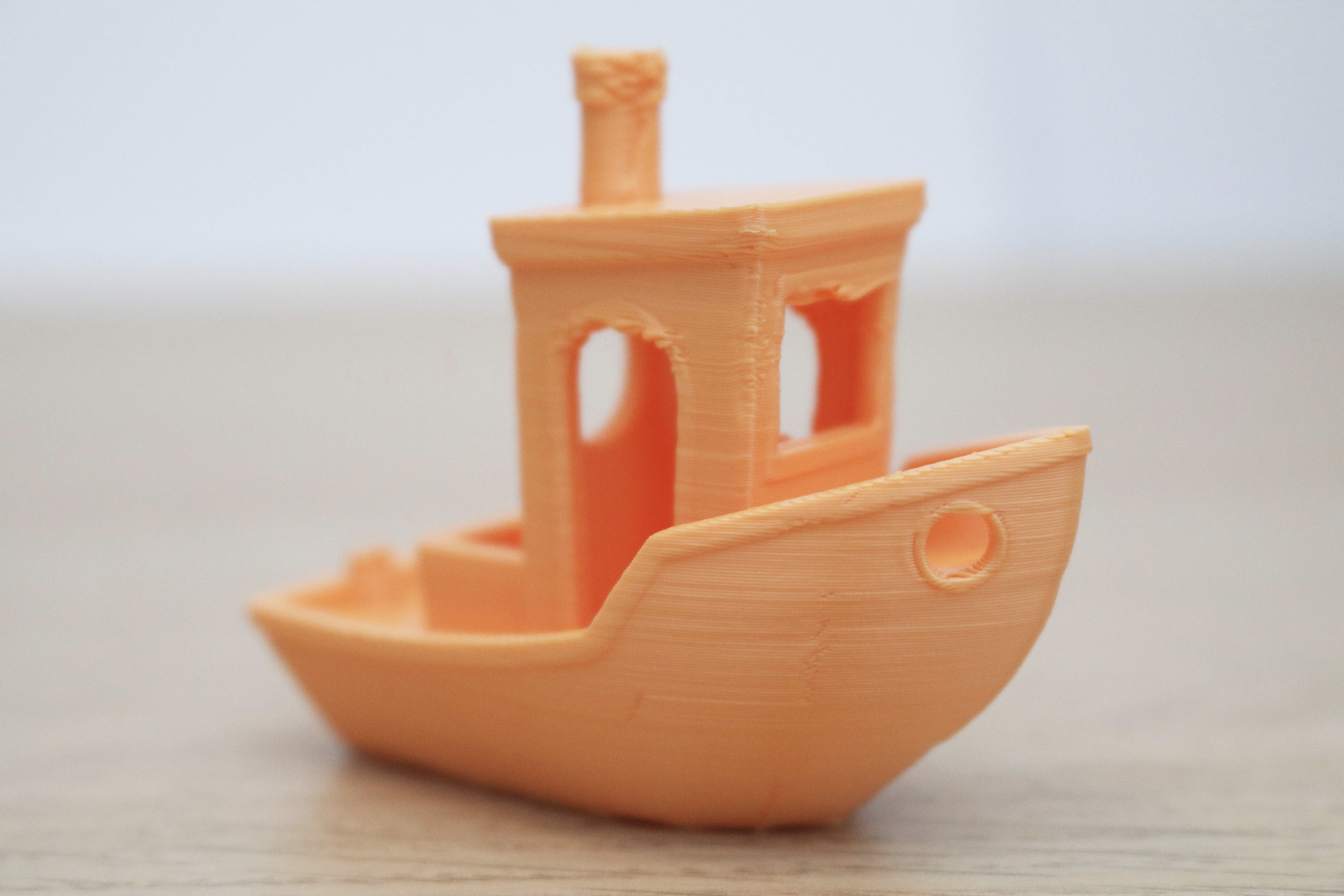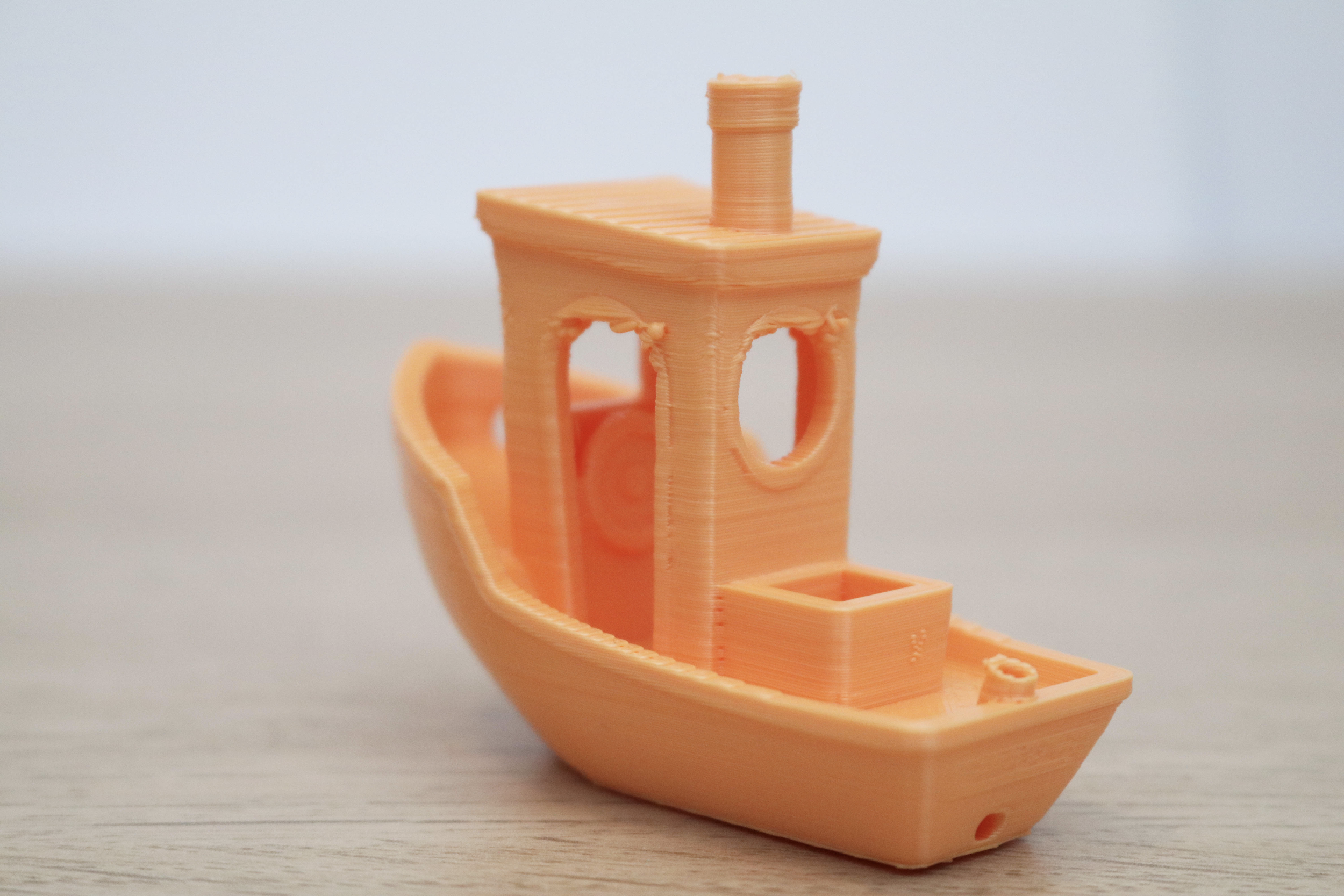Tom's Hardware Verdict
The Monoprice Cadet is a well-designed 3D printer for beginners, but it lacks some important features that would really let it soar.
Pros
- +
+ Good for beginners, kids
- +
+ Auto-leveling probe is fast and accurate
Cons
- -
Side-mounted spool holder doesn’t fit standard 1 kg spools
- -
iOS Wi-Fi app doesn’t appear to work
- -
Lack of part cooling fan can be a problem for complex shapes
Why you can trust Tom's Hardware
At first glance, the $249 Monoprice Cadet could easily be mistaken for a kitchen appliance or children’s toy with its top-mounted LCD and forward-facing large metal grate. However, upon closer inspection, you’ll see that the Cadet is a compact, simple, and well-designed 3D printer that has exactly the right feature set to make it a perfect fit for a young beginner without being overly complicated or difficult to use.
While Monoprice doesn’t have an age range listed on their site, the safety features of this printer such as the covered hot end, enclosed motion components, and easily removable build platform make this the best budget 3D printer for a middle school classroom or student. For parents looking for the perfect gift for their space-loving future engineers, the Cadet is a printer that’s out of this world.
Monoprice Cadet Specifications
| Machine Footprint | 8.5 x 7.9 x 10.6 inches (21.5cm x 20.0cm x 27.0cm) |
| Build Volume | 3.9 x 4.1 x 3.9 inches (100mm x 105mm x 100mm) |
| Material | 1.75mm PLA, PLA+ |
| Nozzle | 0.4mm |
| Build Platform | Removable Flexible Platform |
| Connectivity | microSD, USB, Wi-Fi |
| Interface | 3.25" LCD w/ Dial Button |
What’s Included in the Monoprice Cadet Box / Setup
The Monoprice Cadet ships in a space-themed cardboard box with bolts printed on all corners and a galaxy printed right on the front. This really set my expectations for this printer as a “fun” experience as opposed to the more traditional assembly process that you would go through on a DIY kit printer like the Creality Ender 3 Pro that requires attention to detail while assembling.
The first thing you see when you open the Monoprice Cadet shipping box is a sheet full of NASA mission inspired “Cadet” stickers, which reinforce the idea that this printer is really aimed at children and beginners who are more likely interested in printing parts and not building printers.
The Cadet ships with all of the Allen keys required to disassemble the printer, along with a microSD card, a power supply, two extra strips of build platform adhesive, a glue stick, a user manual, a USB cable, a filament sample, and a spare nozzle. Notably absent are the blue-handled flush cutters that are used to cut filament typically included with filament-fed printers, so you’ll need a pair of scissors to get started.
Setting up the Monoprice Cadet
I’ve set up quite a few filament-fed 3D printers and as far as I can remember, the Monoprice Cadet holds the record for “Fastest Time from Unbox to Printing” at under 5 minutes. After plugging the Cadet it, the monochrome LCD screen prompts you to insert an SD card, then automatically heats the nozzle and prepares the hot end for loading filament.
After loading filament, you’re prompted to choose a demo print from three possible selections. Then the printer uses the built-in auto-leveling inductive sensor to calibrate the build plate and starts printing.
Get Tom's Hardware's best news and in-depth reviews, straight to your inbox.
The Monoprice Cadet has a spool holder built into the side of the machine along with a side-mounted extruder, which means that after I had put the spool on the holder, all I had to do was feed it into the geared Bowden-style extruder to begin the automatic loading. Due to the location of the spool holder, I wasn’t able to mount a standard 1 kg spool and had to use a smaller 250g mini-spool of generic PLA. If you’re planning on using a specific brand or type of PLA filament with the Cadet, make sure it is available in a 250g spool or else you’ll need to build, print or buy an external filament spool holder.
User Interface on Monoprice Cadet
The user interface of the Monoprice Cadet consists of a 2.4-inch monochrome LCD and a lighted click wheel for navigation. This combination looks a little old-fashioned, but, in the context of this printer, it provides just enough information to be useful without being distracting.
While printing, the LCD displays relevant information including nozzle temperature, fan speed, time elapsed, and more. Interestingly enough, the power button for the Cadet isn’t located on the printer, but on the power cable. Similar to a lamp cord, the power cable has a large switch on it that can toggle the power on and off to the printer.
Design and Safety Features of Monoprice Cadet
The Monoprice Cadet is designed with safety in mind, which is made clear from all of the various safety features built right into the printer. The first thing I noticed when I looked at the Cadet is the large metal grate that spans the full width of the print volume and completely covers the hot end. This grate covers the hot end of the printer and prevents the user from being able to accidentally touch the heated element, nozzle, or spinning fan located over the heatsink on the hot end.
This is a clever solution that allows the Cadet to maintain an open print area while also limiting access to the parts of the machine that shouldn’t be touched during operation. This safety feature alone may make this printer an attractive option for parents who want to encourage their children to get involved with 3D printing but have safety concerns due to the moving parts and heated nozzle.
The Monoprice Cadet also has a front-facing sticker that warns users to keep their fingers away from the motion components of the printer; this is another potential area of risk for young users that is mitigated by the metal grate.
Unfortunately, due to the location of the metal grate, Monoprice had to forgo adding a part cooling fan on the hot end, a part that is used to rapidly cool material immediately after extrusion to preserve sharp angles and steep overhangs without warping. While not strictly necessary for printing, the absence of a part cooling fan can generally lead to parts that have sloppy overhangs or steep angles.
The Monoprice Cadet has an impressive level of attention to detail on the cable management through the printer, with zip-ties holding the harness rigid at various points of motion. A custom-made breakout board on the back of the X gantry provides a connection to the controller board for the hot end, bed leveling sensor, and extruder. The harness looks and feels sturdy, and the ribbon cable is neatly tucked into the frame to keep it safe from being accidentally pulled loose.
The auto-leveling induction probe mounted to the hot end is uncommon in printers at the sub-$300 price point, and it makes quite a difference when first setting up the printer. It allows the printer to probe various points on the bed and calculate the Z offset automatically, freeing you from having to use a piece of paper or other calibration aid to set the Z offset height manually. I was impressed with the probe on the Cadet; it only probes three points on the bed, but it was still able to reliably calibrate the Z offset well enough that I didn’t have a single failed print during testing. Overall, the Cadet feels like a well-made and safe-to-operate 3D printer that has the level of finish you’d expect from a ready-to-use consumer product.
Build Volume on Monoprice Cadet
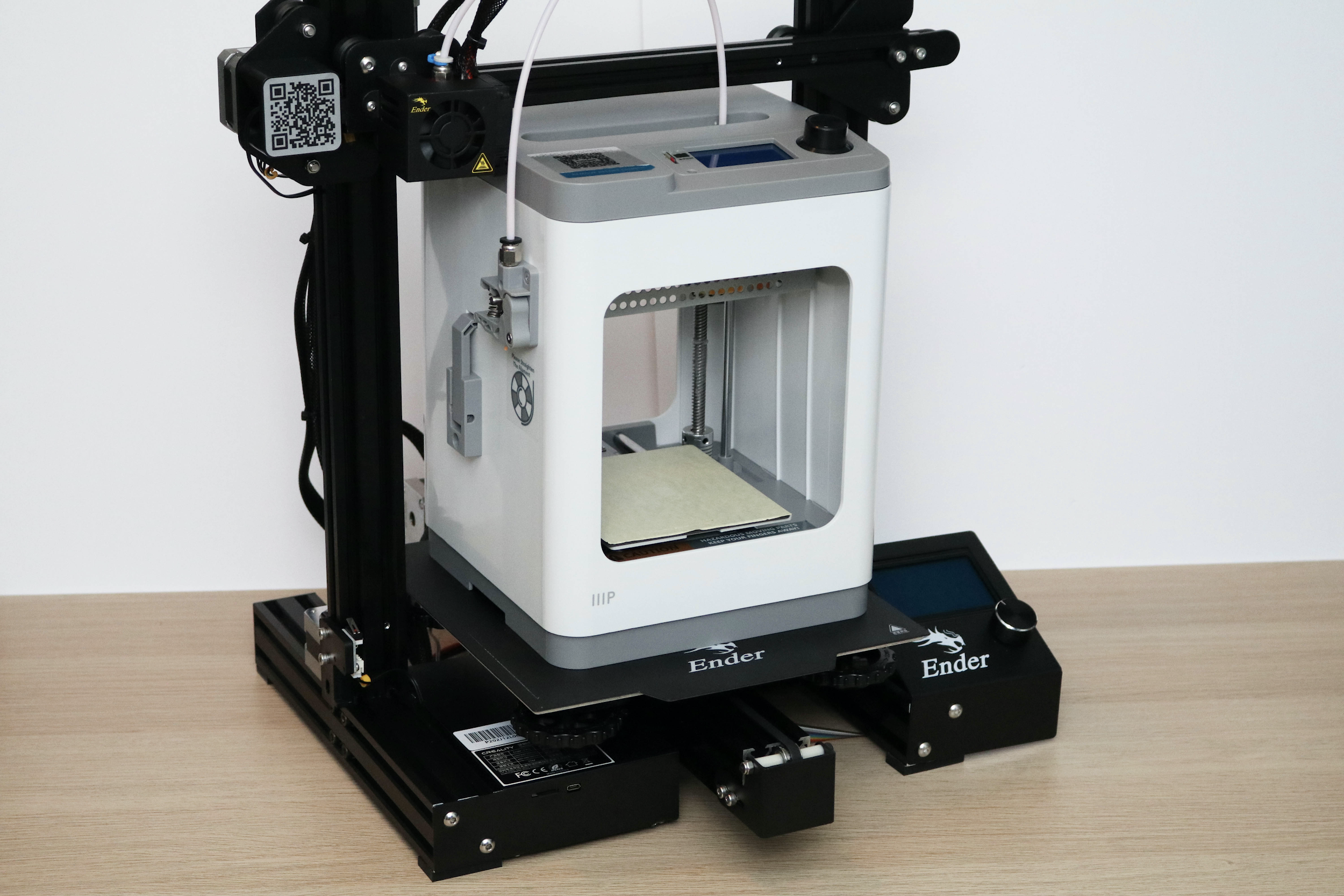

| Row 0 - Cell 0 | Creality Ender 3 | Monoprice Cadet |
| Build Dimensions | 8.7 x 8.7 x 9.8 inches | 3.9 x 4.1 x 3.9 inches |
| Build Volume | 741.76 cubic inches | 62.36 cubic inches |
| Printer Dimensions | 17.5 x 17 x 18 inches | 8.5 x 7.9 x 10.6 inches |
| Printer Volume | 5,355 cubic inches | 711.79 cubic inches |
| Build / Footprint Ratio (higher is better) | 14% | 9% |
The Monoprice Cadet is clearly marketed towards young users or 3D printing novices, so the emphasis is placed on user experience and not necessarily advanced features. This is clear when looking at the build volume of the printer, which is a fraction of the build volume of the Creality Ender 3 Pro, a printer sold at a similar price point. In fact, the Cadet can fit comfortably on the build plate of the Ender 3 Pro, emphasising the difference in volume between the two printers.
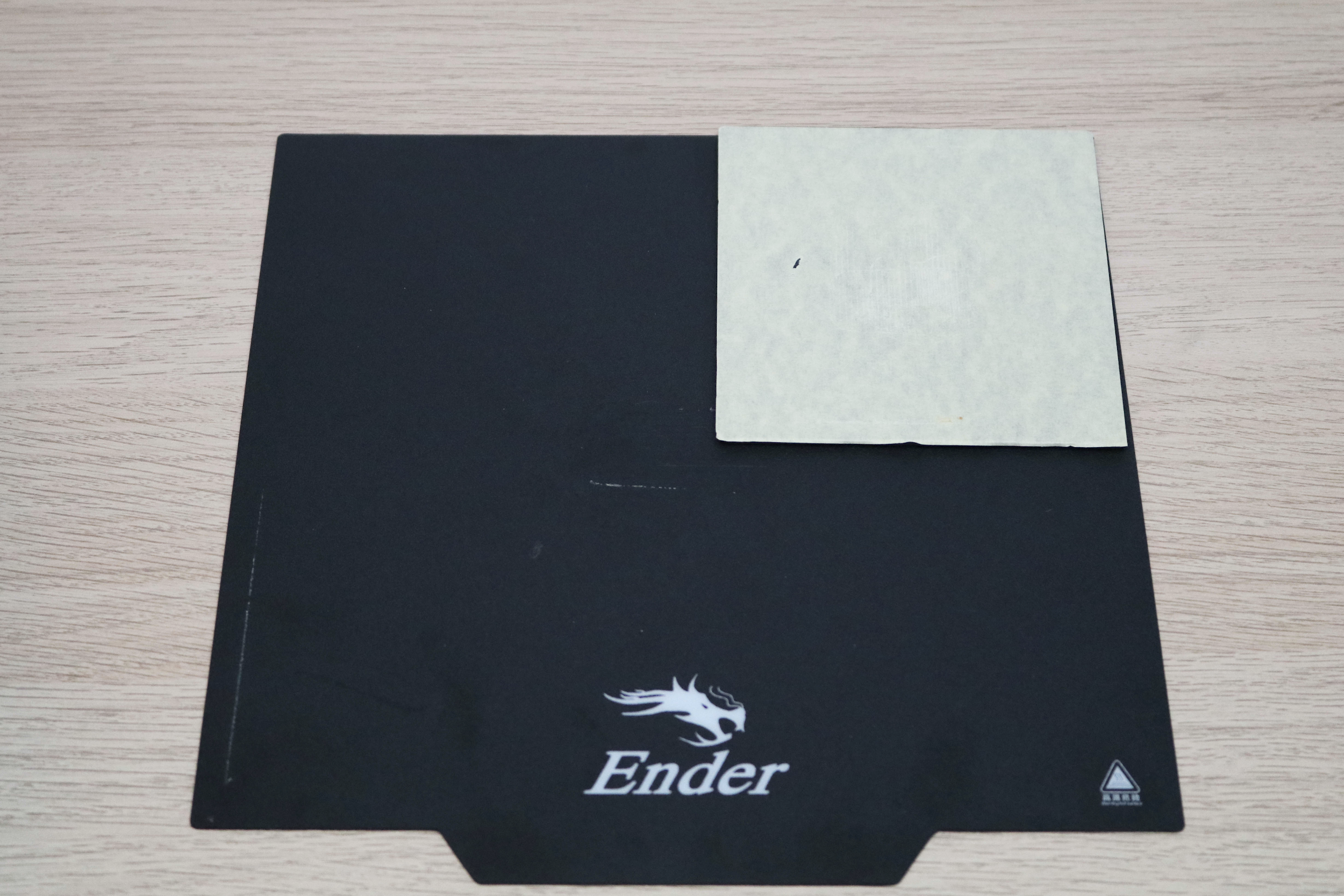
Printing on the Monoprice Cadet
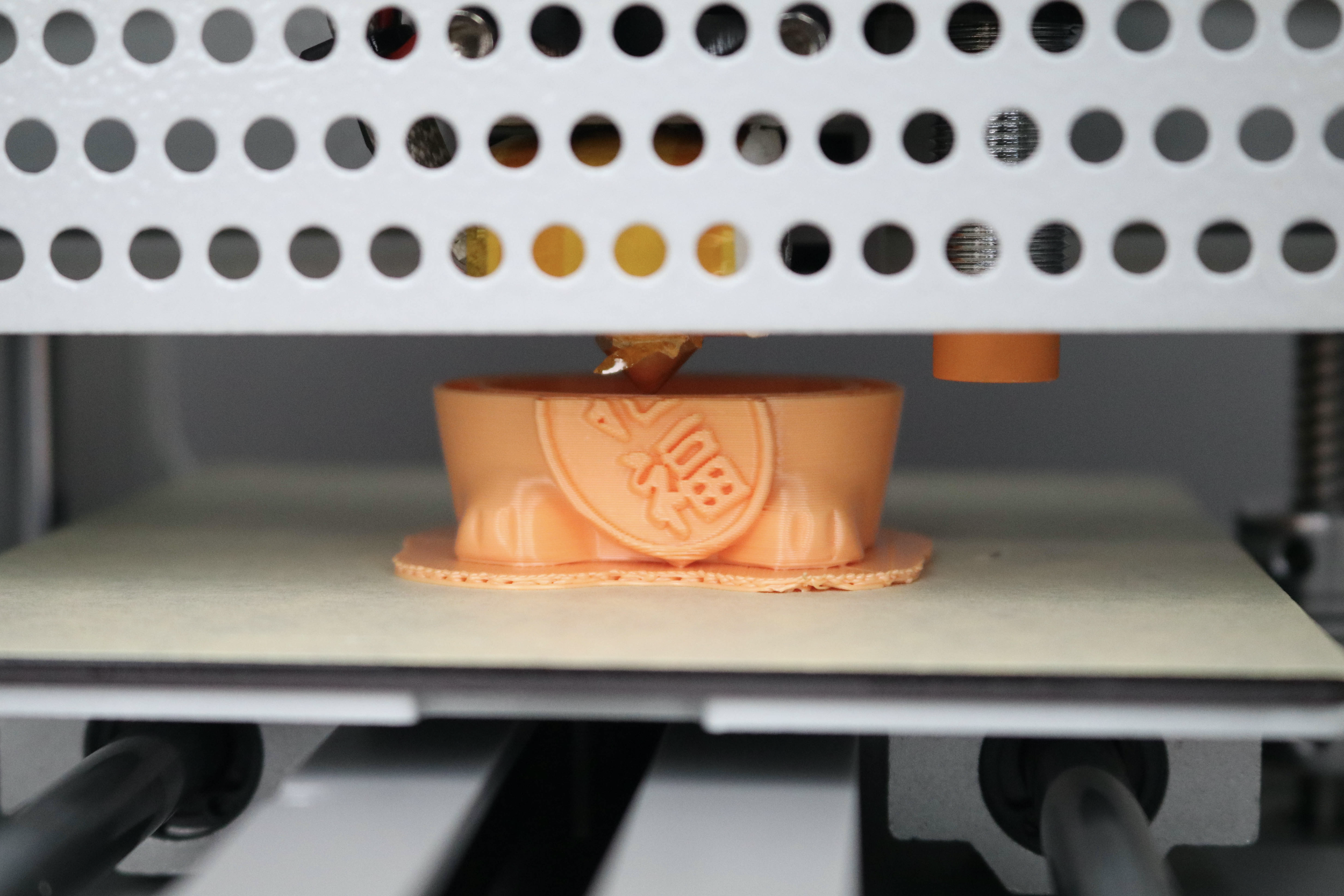
The microSD card included with the Cadet has three demo files: dragon.gcode, Fortune cat.gcode, and Ear ring.gcode. The cat model was my first print and, after heating the nozzle and automatically calibrating the Z offset, the printer got to work printing the model. The lack of a heated bed means the printer will start as soon as the nozzle is heated, so there’s no delay while waiting for the bed to reach temperature.
After about two hours, the Monoprice Cadet finished printing the model and moved the build platform to the front of the machine so I could remove it. The flexible build platform feels like a refrigerator magnet, and looks like one, too. It’s magnetic, and has a strip of yellow tape applied to it to help the PLA plastic adhere to the otherwise cool and smooth surface. After I pulled it out of the printer, I gave it a light flex and the print popped right off. The raft detached easily, and left me with a finished lucky cat model.
The Fortune cat.gcode model offers organic curves, some overhanging surfaces, and a good bit of embossed detail (whiskers, nose, etc.) that make it a good model for checking for overall quality. The detail is sharp, the layers are all stacked evenly, and there’s no under-extrusion or banding present that would indicate any mechanical issues with the printer.
The next print was dragon.gcode, and this part made clear the effect of printing without a part cooling fan. This dragon model has a head and neck that extend out and upwards like a wine glass, causing the printer to struggle to cool the layers fast enough while printing. This resulted in a rough surface finish and some uneven layers.
The rest of the model printed well, but the underside of the overhangs had a sloppy and unfinished look to them. This type of defect could be minimized by decreasing the print temperature and/or speed, but without a part cooling fan, it’s likely that the part will always have some level of roughness on the underside of an overhang.
Wireless Printing on the Monoprice Cadet
One of the features I was interested in on the Monoprice Cadet was the wireless printing control made possible by the built-in ESP32 module. The Cadet is a little particular in how it connects, and it requires a router with no more than 10 active connections and is not compatible with a 5 GHz network. In addition, the connection is managed through an app called “PoloPrint-Monoprice” (available on iOS and Android), which is currently sitting at a 1.9/5 rating on the Apple App Store with multiple comments indicating that it won’t connect.
Unfortunately, I was not able to connect the printer to my wireless network via the PoloPrint-Monoprice iOS app, and the printer simply was not able to get on my network. I tried various solutions (removing other devices from the network, trying a different Wi-Fi network), but nothing seemed to work. I reached out to Monoprice for a solution, and will update this article if I am able to resolve this issue.
Slicing Software for the Monoprice Cadet
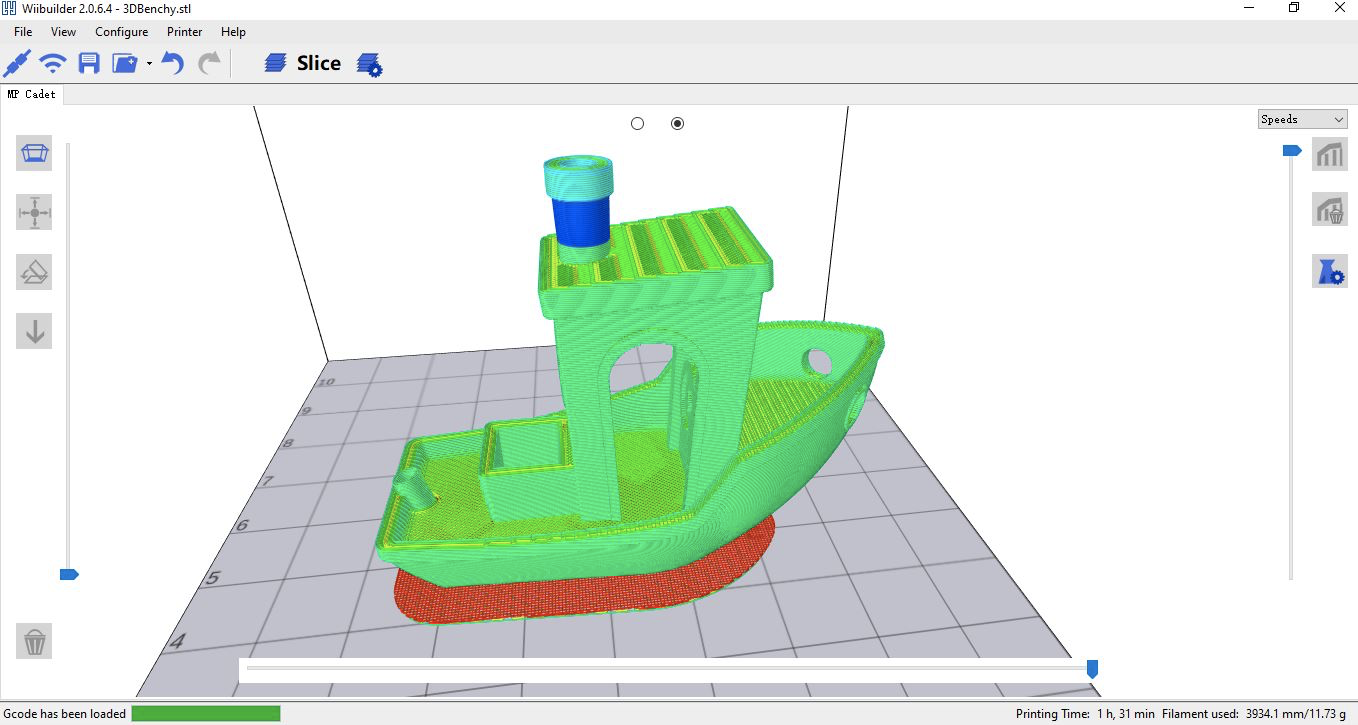
The Monoprice Cadet uses Wiibuilder, a slicing software with a predefined profile for the printer on the included microSD card. Wiibuilder is an easy-to-use app that offers the ability to import a .STL file, create a toolpath for 3D printing, and export a .gcode file that can be read by the Cadet.
In addition to this basic functionality, Wiibuilder also generates build time and material usage estimates as well as a full preview of the toolpath that you can examine to check for any potential issues before printing.
Wiibuilder offers two modes when creating a file: basic and advanced. Using Basic mode, I was able to adjust the layer height, speed, infill density, and a few other basic settings without diving too deeply into adjustable parameters. For a first-time user, this is just enough information to be useful without getting lost in all of the variable parameters featured in Advanced mode. Once you have some experience with the Basic mode, the Advanced mode will allow you to adjust parameters such as toolpath width, retraction length, and other settings that are more likely to confuse a new user than actually result in helpful changes.
Wiibuilder Settings for the Monoprice Cadet
| Layer Height | 0.2 mm |
| Infill Percentage | 10% |
| Print Speed | 40mm/second |
| Extruder Temperature | 200 degrees Celsius (392 degrees Fahrenheit) |
Using the Normal profile listed under the Basic settings, I printed the Benchy benchmark part to test out the printer’s performance with the default settings. As I expected, there were some cooling-related defects on the downward-facing surfaces due to the lack of a part cooling fan. I was impressed and surprised with how evenly the hull of the boat printed. It was smooth to the touch and the layers were consistent throughout the curved surface.
Bottom Line
Selling at a sub-$250 price point, the Monoprice Cadet is one of the best budget 3D printers that offers a set of unique features focused on safety and usability that makes it an ideal first printer for a young or novice user. If you’re interested in a versatile printer with a larger build volume, the ability to print with higher temperature materials, and faster print speeds you’ll likely want to look at a more capable printer in this price range, like the Creality Ender 3 Pro.
However, this printer has a very clear target market and it succeeds in creating a simple out-of-the-box solution for young beginners and 3D printing enthusiasts. The quick setup, easy-to-use software, and simple motion system all add to the appeal of this printer for beginners, and the small and compact footprint allow this printer to be as close to portable as a machine like this can be.
I was impressed with the overall experience of printing with this printer, but I was disappointed that the Wi-Fi feature didn’t work out of the box, and the size limitation of the spool holder means you’ll need to keep a supply of small spools on hand to use with this machine. The lack of a part cooling fan also unfortunately means that this machine will struggle to make complex, organic, or otherwise intricate parts accurately, so intermediate or advanced users may want to look elsewhere for a more capable machine.
MORE: Best 3D Printers
MORE: Best Budget 3D Printers
MORE: Best Resin 3D Printers

Andrew Sink first used a 3D printer in 2012, and has been enthusiastically involved in the 3D printing industry ever since. Having printed everything from a scan of his own brain to a peanut butter and jelly sandwich, he continues to dive ever more deeply into the endless applications of additive technology. He is always working on new experiments, designs, and reviews and sharing his results on Tom's Hardware, YouTube, and more.
-
USAFRet Reply
Or out of scale atom.Zarog said:An informative review, but that’s an out of scale solar system, not a galaxy.
Or, the center is the black hole at the center, and the orbiting things are galaxies.
Or, its just a logo.
